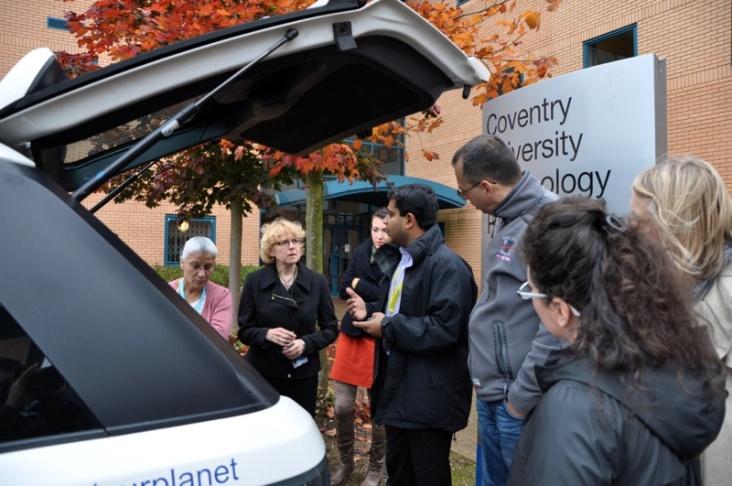Co-creation in Living Labs: Exploring the Role of User Characteristics on Innovation Contribution Dimitri Schuurman, Lynn Coorevits, Annabel Georges, Karel Vandenbroucke, Sara Logghe a a
University of Ghent, Korte Meer 7, 9000 Gent, Belgium
Abstract Although user involvement and a user-centric approach are seen as indispensable in Living Labs, not much attention had been given to an integration of the insights of the user innovation framework in a Living Lab approach. In this paper we explore the role of user characteristics on their contribution in co-creation sessions in Living Labs. We this by means of a comparative case study analysis of three Living Lab cases. We discovered that innovation domain related knowledge as well as innovation specific knowledge has an impact on the contribution of the users. Moreover, the composition of the group also has implications for the outcomes, ideas and evaluations. Therefore, careful consideration and attention should be devoted to the group composition. It also seems that ordinary users have a specific role in co-creation sessions. Key words Living Labs; Co-creation; User innovation; User characteristics; User contribution 1 Introduction Since the 1970s, the innovative potential of users has been recognized by von Hippel (1976; 1986) and his seminal works on the Customer Active Paradigm (CAP) and Lead Users. This has fostered further research into the nature of user contribution in NPD and into the characteristics of innovative and innovating users. This research stream has been labeled ‘user innovation’ and looks at the utility gains for end-users when involved in innovation. More recently, open innovation approaches have been looking to integrate the insights and creative potential of users through various methods and tools. One of these approaches gaining ground are the so-called Living Labs, an innovation approach relying on intensive user involvement through co-creation, a real-life setting and a multistakeholder approach. Although user involvement is seen as key within these Living Labs, research integrating the insights from user innovation into user selection and user input in Living Labs is scarce. Within this paper, we will explore some of the hypotheses from user innovation regarding user characteristics in three concrete Living Lab projects and assess whether these characteristics have an
126














